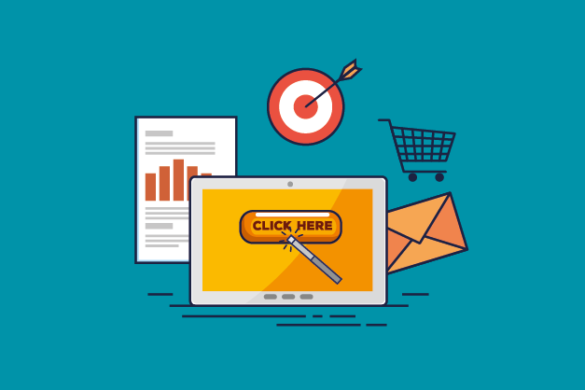Table of Contents
Leading vs. lagging indicators
There are two types of data: lagging indicators analyze historical performance, trends, and patterns while leading indicators help predict future performance.
Time-based metrics known as leading and lagging indicators are essential for projecting company performance and examining historical patterns. Both are necessary to forecast future events and comprehend economic trends.
What are indicators?
Data points known as indicators are used to gauge business and economic conditions and forecast future trends.
For companies, indicators play a crucial role in evaluating how well their plans are working and finding ways to make them better.
Picture indicators as tools for a farmer – they give you insights into the conditions, helping you make informed decisions. In business, you mainly deal with two types of indicators: leading and lagging.
Leading vs lagging indicators for businesses: The differences
Now that you have a basic understanding of indicators, let’s discuss how to differentiate between leading and lagging indicators in business settings. Their differences are shown in the following table:
| LEADING INDICATORS | LAGGING INDICATORS | |
|---|---|---|
| Definition | Leading indicators are data points that provide clues about future performance. | The term “lagging indicators” describes data points that evaluate past events and performance. |
| Examples | ~ Emerging market expansion ~ Progress of sales prospects ~ Client contentment | ~ Yearly income ~ Duration of sales cycles ~ Rate of customer attrition |
| Uses | ~ Predicting economic and market trajectories ~ Formulating strategic initiatives ~ Mitigating risks | ~ Assessing the effectiveness of business operations ~ Contrasting your achievements against industry standards or rivals ~ Recognizing and validating emerging patterns |
What is a leading indicator?
Leading indicators are data points that provide clues about future performance.
It is crucial to use leading indicators when predicting the future course of your company and changes in the economy. Your strategic decisions will be guided by these metrics, which provide proactive insights.
Although leading indicators are essential for tracking performance, they don’t always give the whole story. Accurate forecasts cannot be ensured by depending only on individual leading indicators.
Consider the customer satisfaction measure, which predicts both customer advocacy and retention. A high rate of satisfaction could be an indication of steady or expanding revenue sources. Still, lagging indicators and economic environments need to be examined in order to guarantee thorough forecasts. Recessions and other economic conditions can affect consumer purchasing patterns, which can affect your revenue.
Leading indicators are demonstrated by several examples:
- Growth in emerging markets: This sign points to possible future revenue streams and market expansion.
- Revenue pipeline: Monitoring your sales pipeline helps you predict future revenue by assessing the effectiveness of your sales process and estimating future sales.
- Customer satisfaction: This indicator of potential repeat business and referrals, it shows how satisfied customers are with your offerings.
- Local and global economic health: Knowing economic indicators can help you make informed decisions about the state of the economy as a whole, which can have a direct effect on your company.
Using leading indicators includes:
- Proactive planning and adaptation are facilitated by the ability of businesses to anticipate changes in the economic landscape through the use of leading indicators.
- Strategic planning is made possible by predictive insights from leading indicators, which help in creating strategies and realistic goal-setting.
- Risk management: Leading indicators make it easier to recognize and assess possible threats or risks, such as those pertaining to finances, revenue, and security.
What is a lagging indicator?
The term “lagging indicators” describes data points that evaluate past events and performance.
Lagging indicators give you important information about your company’s past development and performance. They provide a clear picture of your performance by acting as measurements of past performance over time.
Lagging indicators show final results that are irreversible, in contrast to leading indicators, which predict future events. Revenue is a good example of a lagging indicator since it shows the earnings for a given time period.
Here are a few instances of lagging indicators:
- Annual revenue: This metric shows the total amount of money your company has made in a given year, which is a good representation of its financial health.
- Average duration of the sales cycle: This measure shows you how well your sales process is working by showing how long it typically takes a prospect to become a customer.
- Customer churn rate: This statistic highlights difficulties with customer retention by showing the proportion of your customers who have stopped using your goods or services.
By using lagging indicators, you can:
- Accurately evaluate the past performance of your company.
- Compare your performance to that of your competitors or the industry norms.
- Identify and verify new trends in your industry.
To sum up, lagging indicators help with strategic decision-making and performance evaluation by providing insightful information about past performance and market conditions.







Add your first comment to this post